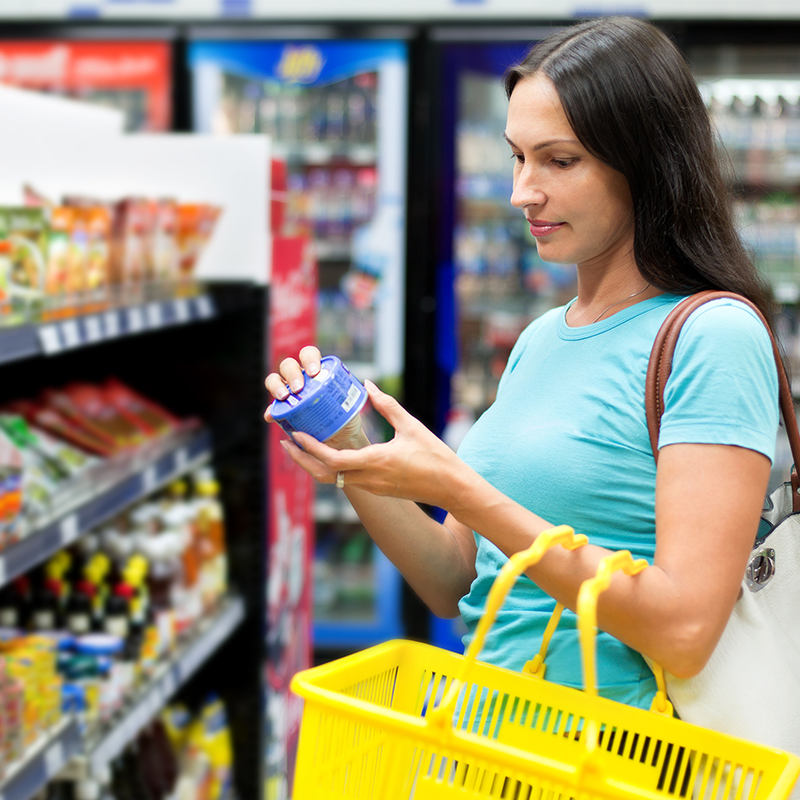Restrictions have eased, international borders are open and influenza is back in Australia after a two-year absence.
Suddenly, major flu outbreaks are occurring across the country, catching many off guard.
Flu vaccinations aim to protect against four influenza viruses that cause disease in humans (two subtypes from influenza A and two from influenza B).
But vaccine-mediated protection varies each year depending on how well the vaccine matches the disease-causing influenza viruses that are circulating at a given time. Vaccine effectiveness – a real-world measure based on the proportion of vaccinated people who still develop the flu – ranges from 16% to 60%.
However, it’s still important to get your flu shot. If you’ve been vaccinated and still get the flu, you’re less likely to get as sick.
Why it’s difficult to predict which subtypes will dominate
Of the four types of influenza viruses that exist in nature, two cause significant disease in humans: influenza A and influenza B.
The 2022 influenza vaccine is quadrivalent (targets four distinct viruses): two influenza A viruses (subtypes H3N2 and H1N1) and two influenza B viruses from distinct lineages.
Within each flu A subtype further genetic variation can arise, with mutations (known as genetic drift) generating many viral variants that are classified into “clades” and sub-clades.
H3N2 is particularly good at generating lots of diversity in this way. So predicting exactly which H3N2 virus to target in the vaccine is especially difficult.
A key challenge for flu vaccines is the decision for which virus to target has to be made months ahead of time. The H3N2 virus in the Australian flu vaccine (A/Darwin/9/2021) was chosen in September 2021 to enable the vaccine to be manufactured and distributed in time for the 2022 winter.
There is no guarantee a different H3N2 virus that isn’t so well targeted by the vaccine won’t arrive in the country in the months leading into winter and start causing disease.

The subtypes contained in the seasonal flu vaccine are selected months in advance.
Another factor that has made predicting which H3N2 virus to target in the vaccine uniquely difficult for 2022 is the lack of data on which viruses were dominant in the preceding flu seasons, both in Australia and on the other side of the Equator.
With travel restrictions easing towards the end of 2021, flu cases did start to reappear during the northern hemisphere 2021-22 winter. But the lack of flu cases during the preceding seasons (due to COVID) meant the data used to predict which viruses to target was inadequate.
The US Centers for Disease Control (CDC) analysed data from more than 3,000 children and found a vaccine effectiveness of just 16% protection from mild to moderate disease from H3N2. Protection from more severe disease was just 14%.
Related Articles

What is gingivitis? How do I know if I have it?
Do your gums look red and often bleed when you brush them, but they’re not painful? If so, you could have the gum disease gingivitis.
Read more

Not all processed foods are bad for you. Here’s what you can tell from reading the label
If you follow wellness content on social media or in the news, you’ve probably heard that processed food is not just unhealthy, but can cause serious harm.
Read more

Kids need to floss too, even their baby teeth. But how do you actually get them to do it?
A survey from the Australian Dental Association out this week shows about three in four children never floss their teeth, or have adults do it for them.
Read more

‘Perfect bodies and perfect lives’: how selfie-editing tools are distorting how young people see themselves
Like many of her peers, Abigail (21) takes a lot of selfies, tweaks them with purpose-made apps, and posts them on social media. But, she says, the selfie-editing apps do more than they were designed for.
Read more

Pathway to purpose
From limited beginnings to limitless dreams - equity in education is giving Arthur Demetriou the chance to change the face of medicine.
Read more

“I thought I was a bad mother”: How telehealth changed a young boy’s life and gave a family hope
“I thought I was a bad mother,” says Marlie Matthews, tearfully. “I tried everything, but Marcus was getting more and more behind. He wasn’t speaking much and when he did, I couldn’t understand him. It was very hard on all of us.”
Read more
We don’t know which subtypes will circulate in Australia
Data about flu vaccine effectiveness in the southern hemisphere 2022 winter isn’t yet available, and it’s unclear how protective the current vaccine is against the currently circulating disease-causing subtypes.
While H3N2 viruses appears to be driving some disease now, other flu viruses may become more prevalent later in the season.
The flu vaccine is a quadrivalent vaccine, so in addition to influenza A H3N2, it will protect against another influenza A subtype (H1N1) and two distinct lineages of influenza B virus. These viruses don’t change as rapidly as H3N2, so it’s more likely the vaccine will give better protection against these other influenza viruses.
Even if vaccine protection against H3N2 is lower than usual this year, the vaccine could make the difference between recovering at home versus ending up in hospital.
So who should get a flu shot and when?
The flu vaccine offers the highest level of protection in the first three to four months months after vaccination. The season generally peaks between June and September – although this year we have seen a much earlier than usual start to the flu season. It’s unclear whether this early start will mean a longer flu season or an early finish. So it’s not too late to get vaccinated.
Flu vaccines are recommended for everyone aged six months and over, but are particularly important for people who are more at risk of complications from influenza, including:
- Aboriginal and Torres Strait Islander people aged six months and over
- children aged six months to five years
- pregnant women
- people aged 65 years or over
- people aged six months or over who have medical conditions that mean they have a higher risk of getting serious disease.
What if you still get the flu?
If you develop flu symptoms, isolate and see your GP for an influenza PCR test to determine whether you are indeed infected with influenza, particularly if you’re in the higher-risk groups.
Specific antivirals for influenza can help, if given early. To ensure rapid access to particularly vulnerable aged-care residents, aged-care facilities are being stocked with the flu antiviral drug Tamiflu.
In New South Wales, free drive-through clinics now offer testing for influenza, respiratory syncytial virus (RSV) and SARS-CoV-2, the virus that causes COVID. Other states and territories may follow.
This article is republished from The Conversation under a Creative Commons license. Read the original article.


